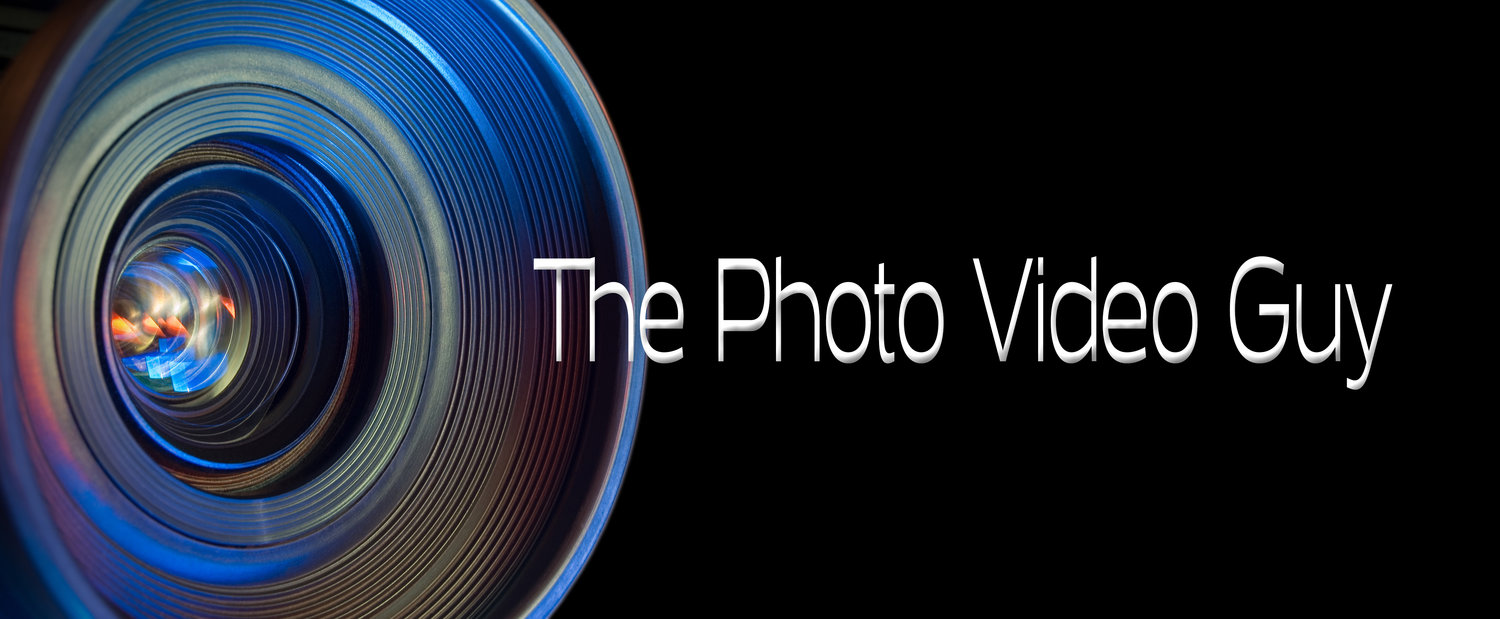With the advent of decent cameras in smartphones that also include GPS devices, it's become popular generically to start geotagging your photos. That's all well and good and transparent if you have an iPhone 4 for example, but what if you have a DSLR or Compact Digital without a built-in GPS?
There are certainly options available in your favourite photo retailer that mount in the hot shoe and with only a bit of arm twisting and a bunch of money, you can now geotag photos you make on your better camera. Sorry, too expensive and too much of a kludge.
I use an iPhone 4 and an iPad, both of which have GPS built in, so I went looking for a Geotagging app that ran on either platform, was fast and simple to use, and could handle large volumes of photos without needing days. Fortunately most iDevelopers understand that to get people to buy your good apps, it pays to do a Lite version that may be feature limited to get the hook set. So that's the route I went. I searched for apps that had lite and paid versions with the plan to try the lites and then buy the one I liked best.
First thing I discovered is that there are a lot of these apps. Second thing I discovered is that most of them are difficult to use, have bad UI, or require you to dislocate bones to make them work. I won't dis any of those app builders by name, but I didn't go forward with their products.
I recently spent the day with my friend Bryan, owner / operator of Daytripper Photo, on a trip up to the Wye Marsh near Midland, Ontario. Over the course of the day I shot over 350 images, with my usual ratio of junk this to keepers. But befire I pulled them in to Lightroom and or Aperture, I wanted to have them geotagged.
In my testing, I settled on Geotag Photos Pro from TappyTaps. The program is so simple and so effective. Here's how it works.
1. When you are ready to start shooting, launch the app and create a new trip and start recording the GPS locations. All it takes is a one button press and a name for the trip. You can control how often the GPS updates the log file from the preferences. I chose 15 minutes in this case and it didn't do any real damage to battery life on the iPhone.
2. Forget about the app. Go shoot photos. For however long you like.
3. Once your photo shoot is over, stop the recording of the GPS log and let it upload to the website.
4. Your workflow for managing your photos may vary, but I will share mine. I load the CF card into the reader and copy all the RAW images to a dated folder in a directory for each camera on a Drobo. Backup of original photos complete.
5. I duplicate the directory in case something goes wrong wth the geotagging. It never has but paranoia is offset by cheap disk space.
6. I use the offline version of the Geotag Photos Pro application on my Mac Pro, but there is a web client if you prefer that. I download the trip file and point it at the directory containing the copy of the RAW files. It updates the geotag information in the EXIF data without issue and very quickly.
7. I import the updated photos into Lightroom and or Aperture. Lately I have been using Lightroom more, but it really doesn't matter. Use the photo management product you like. If it shows EXIF data, you will see your geotag info. Now I have originals, backups and library references to my photos, with unaltered originals, geotagged originals, DNGs in Lightroom and native Canon CR2 in Aperture. Like I said, disk space is cheap. It also helps me have multiple copies because let's say I've deleted things in the past that I have later regretted. Or made edits to JPEGs forgetting that JPEG edits are destructive. You may be much smarter than I. Or less paranoid about data loss. PS all the data on Drobo1 is backed up daily to Drobo2 and my photo libraries get backed up to Crashplan every night. Better safe than sorry.
There are lots of geotagging apps, but I have standardized on this one. The developers update it regularly, I haven't hit any major bugs and it does what I want. The app is available on the iTunes App Store for $3.99 and is also available for Android, wherever one might buy Android apps. BTW, I don't know if English is the developer's first language as some of the text on the site can be a bit awkward. Focus on the quality of the app, you'll be very pleased. HIGHLY RECOMMENDED!








